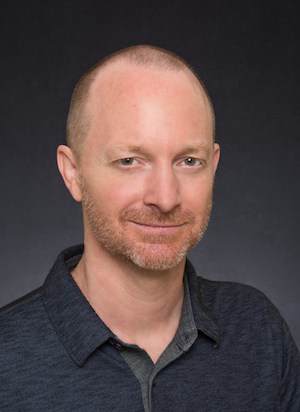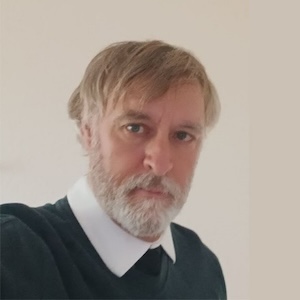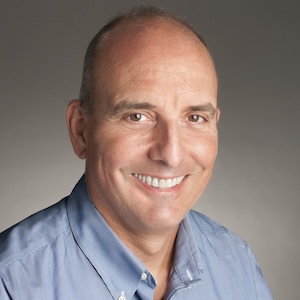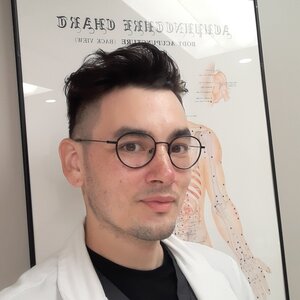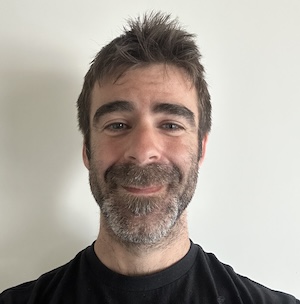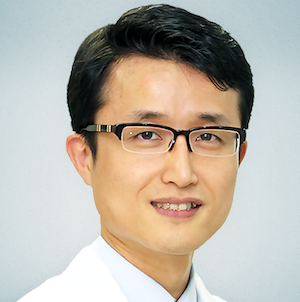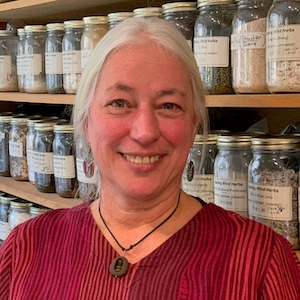Dr. Brian Lau, AP, DOM, C. SMA,
In 1998, at 28, I started studying taiji and qigong with the Taoist Tai Chi Society. I felt changes in my posture, increased movement and circulation, and a sense of more space and room in my body. Much of this was attributed to what we referred to as ‘tendon changing' – but these ‘tendons' were described as extending across vast regions of the body. Obviously, they were not tendons as described in the West. Curious, I became certified in structural integration (SI) in 2003 and undertook a deep study of fascia, a gateway to understanding the mysterious ‘tendons' discussed in my taiji and qigong practice. During this time, fascia research was blossoming; not only SI scholars but acupuncture researchers such as Helene Langevin were prominent in the growing modern awareness of the importance of this tissue. Fascinated, I earned my acupuncture degree and began practicing in 2011.
I got both more and less than I hoped for from TCM school. Hoping to build on my previous study, I instead was received into a deeper tradition, one richer than I anticipated, but which felt utterly alien to structural integration. How could two fields of study with so much in common be so different? To bridge the gap, I enrolled in Sports Medicine Acupuncture Certification and began studying with Matt Callison. I was asked to be on the faculty of this program in 2014 and am currently teaching with SMAC. Much of this work involves collaborating with Callison on building a model of the channel sinews (jingjin), based on SMAC’s ongoing cadaver studies, functional anatomy, fascial research and, of course, the descriptions in the Lingshu. This once-abandoned, long-overlooked avenue of Chinese medicine is overdue for rediscovery, and recovering and fully developing it has become my life’s work.

